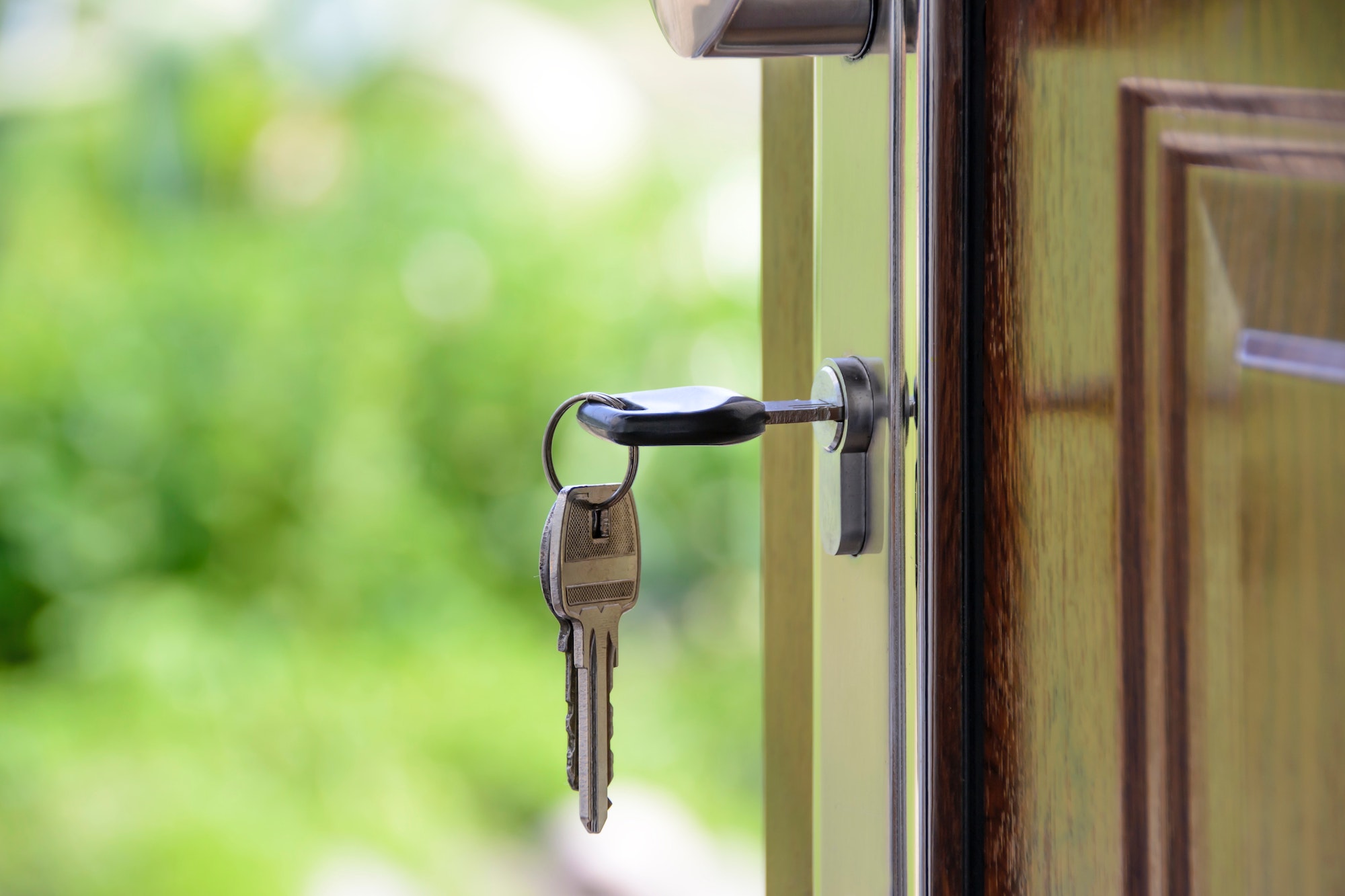The average house price for property entering the market has risen for a sixth consecutive month, the latest Rightmove House Price Index has confirmed.
Prices for new property to the market reached a record £369,968 in July, following a 0.4% monthly rise worth £1,354.
Rightmove suggested that a “continuing desire to move” combined with low numbers of homes for sale are driving further price growth, at a time when personal finances are becoming increasingly stretched by the rising cost of living.
Buyer demand is continuing to exceed historically normal levels and is now 26% higher than at the same time in 2019, although down 7% on June 2021, when the housing market was still being fuelled by the stamp duty holiday.
However, Rightmove’s index did highlight that there are signs of the currently depleted levels of housing stock improving, with the number of sellers up by 13% compared with this time last year. Despite this rise, the number of available homes for sale is still 40% down on where it was in 2019.
The property expert warned that the significant shortfall from more normal stock levels will help to underpin prices this year, as there are not enough homes coming to market to correct the balance between supply and demand.
Rightmove director of property science, Tim Bannister, commented: “Having more new sellers this month is a win-win for the market, as these sellers will likely achieve good prices for their homes given the sixth asking price record in a row that we’ve now seen, which may help to explain the increase in new stock coming to market over the last year.
“For those looking to buy, it means more choice, and a slight easing in competition against other buyers while the market is still moving very quickly. In the current fast-changing economic climate, those looking to buy who find a suitable home they can afford, may choose to act now rather than wait.
“With such an imbalance remaining between supply and demand, prices look underpinned, and we would therefore only expect typical smaller seasonal month-on-month falls, rather than more significant price falls in the second half of the year. This has led to us revising our annual price growth prediction for the end of the year from 5% growth to 7%, although this would still mark a slowing from the 9.3% seen this month.”
Rightmove stated that demand is likely to return to more normal levels in the second half of the year due to the rising cost of living and affordability concerns, but also noted that the prospect of further interest rate rises may drive some people to act immediately to lock in a longer fixed-term mortgage rate.
The property expert suggested this trend could be even more likely because the gap between interest rates for shorter and longer-term mortgages has been closing in recent years, to a point where they are now similar.
Bannister added: “The challenges presented by rising interest rates and the cost of living will no doubt have an effect throughout the second half of the year, as some people reconsider what they can afford.
“However, there is also anticipation among would-be home-movers that personal finances may become even more stretched in the coming months, with further interest rate rises expected and the energy price cap jumping again in October.
“Given the political and economic uncertainty at the moment, those who want to move this year, particularly first-time buyers, may seek some financial certainty by locking in longer fixed-rate mortgage terms now before their monthly outgoings increase again.”
Latest News
-
Borrowers jumped gun ahead of December rate cut – Twenty7tec
-
FCA stops Verus Financial Services from conducting regulated activities
-
IHT receipts reach £5.8bn in eight months to November
-
Perspective Financial Group acquires Prosser Knowles
-
Over half of UK savers relying on non-pension assets for retirement
-
Bank of England cuts interest rates to 3.75%
Perenna and the long-term fixed mortgage market

Content editor, Dan McGrath, spoke to head of product, proposition and distribution at Perenna, John Davison, to explore the long-term fixed mortgage market, the role that Perenna plays in this sector and the impact of the recent Autumn Budget
The role of the bridging market and technology usage in the industry
Content editor, Dan McGrath, sat down with chief operating officer at Black & White Bridging, Damien Druce, and head of development finance at Empire Global Finance, Pete Williams, to explore the role of the bridging sector, the role of AI across the industry and how the property market has fared in the Labour Government’s first year in office.
NEW BUILD IN FOCUS - NEW EPISODE OF THE MORTGAGE INSIDER PODCAST, OUT NOW

Figures from the National House-Building Council saw Q1 2025 register a 36% increase in new homes built across the UK compared with the same period last year, representing a striking development for the first-time buyer market. But with the higher cost of building, ongoing planning challenges and new and changing regulations, how sustainable is this growth? And what does it mean for brokers?
Does the North-South divide still exist in the UK housing market?

What do the most expensive parts of the country reveal about shifting demand? And why is the Manchester housing market now outperforming many southern counterparts?
In this episode of the Barclays Mortgage Insider Podcast, host Phil Spencer is joined by Lucian Cook, Head of Research at Savills, and Ross Jones, founder of Home Financial and Evolve Commercial Finance, to explore how regional trends are redefining the UK housing, mortgage and buy-to-let markets.
In this episode of the Barclays Mortgage Insider Podcast, host Phil Spencer is joined by Lucian Cook, Head of Research at Savills, and Ross Jones, founder of Home Financial and Evolve Commercial Finance, to explore how regional trends are redefining the UK housing, mortgage and buy-to-let markets.
© 2019 Perspective Publishing Privacy & Cookies










Recent Stories